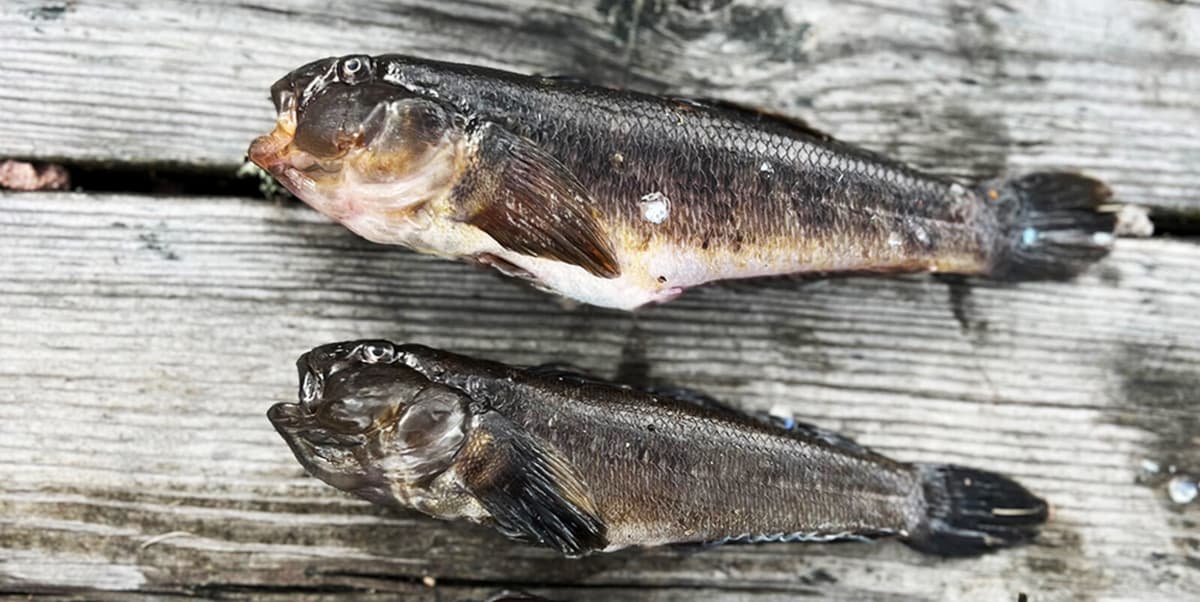For 17 years ago, it first appeared in Swedish waters. Since then, the little black-mouthed smörbult has spread rapidly in the Baltic Sea.
According to the Swedish University of Agricultural Sciences (SLU), the aggressive fish has affected the entire ecosystem in areas where it has established itself. Some species are favored, while others decrease in number.
"The establishment of the black-mouthed smörbult can lead to an increase in predatory fish such as perch, pike, cod, and pikeperch. These species have increased in areas where the smörbult has established itself, probably because they have found a new and easily caught prey fish," says Rahmat Naddafi in a press release. He is a researcher at SLU and the main author of the study published in the scientific journal Plos One.
The fact that predatory fish readily eat smörbult also means that carp fish such as bleak, ide, and white bream increase in number because the predatory fish have found another food source.
Among the species that are disadvantaged are vendace and ruffe. The occurrence of herring and sprat does not seem to be affected.
The black-mouthed smörbult originates from the Black Sea and the Caspian Sea. From there, it has likely spread through ballast water from ships.
It was first observed in Sweden in the Karlskrona archipelago in 2008. The species is now established in most of the Baltic Sea's coastal areas. In Sweden, it has been found as far north as Örnsköldsvik.
Eradicating the black-mouthed smörbult is not possible, according to SLU.
Source: SLU





